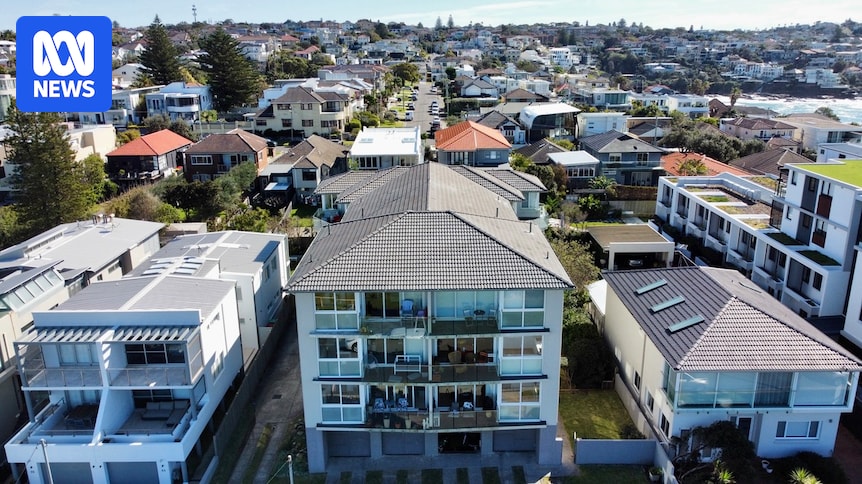Allowing three-storey unit blocks to be built all over Australian cities and streamlining building approvals would save renters $1,800 a year and shave $100,000 off the median price for a home, according to a report from the Grattan Institute.
The report argues there are not enough homes in places people want to live, making it harder to own a property and pushing young people out of middle suburbs, a problem blamed on an overly restrictive planning system that “says no to new housing by default”.
The think tank says all residential land in capital cities should be rezoned to allow dwellings of up to three storeys, or six storeys near transport hubs and city centres.
It proposes that projects should proceed without a planning permit as long as they meet basic standards, and that the federal government could assist state and territory governments by rewarding them as soon as they adopt planning changes.
The proposals follow early strides by some state governments to boost building rates, efforts that are bearing some fruit but are falling well short of the national target for 1.2 million new homes over five years.
The federal government has promised money to states if they achieve their share of the target and has proposed other subsidies to boost supply, but faced criticism this week for making the problem worse on the demand side.
House prices have surged in the first month of the expanded home guarantee scheme, which underwrites 5 per cent deposits for all first homebuyers, subject to price caps.
One in 10 homes bought using government incentive in October
One in 10 homebuyers in October utilised the scheme, according to government figures. But the increase in prices — the biggest jump in two years — was most concentrated at the bottom end of the market, where the scheme is concentrated.
Grattan, an independent economic research organisation, is a prominent advocate of the view that more supply is the solution to the housing crisis. Its report also calls for a review of heritage protections and enforceable housing targets for councils.
“Australia needs a housing policy revolution,” lead author Brendan Coates said.
“The equation is simple: if we build more homes where most people want to live, housing will be cheaper and our cities will be wealthier, healthier, and more vibrant.”
Housing missing in middle suburbs
The analysis points to a “missing middle” in Australian cities, where over the last 15 years there has been plenty of construction in the inner city and the outskirts, but less between 5 and 20 kilometres from city centres.
The result is that Sydney, Melbourne, Brisbane, Perth and Adelaide are all in the bottom third for density among large cities in the advanced world. This has particularly affected young people, with Sydney losing 35,000 residents aged 30 to 40 between 2016 and 2021.
Very little city land is zoned for buildings of more than three stories — only 20 per cent of residential land in Sydney and less in Melbourne, Brisbane, Adelaide and Perth.
Even where land is zoned to allow multistorey buildings, restrictions on floor space and other planning requirements mean such buildings are not viable in many cases.
For example, councils in NSW can undermine land zoned for higher-density development by adding requirements that make achieving high density impossible.
Councils can dictate maximum heights, limit total floor space, and impose “setbacks” that require large parts of a block of land to be left empty. Only one third of Sydney councils actually allow flats to be built on land zoned by the state for three storeys.
O’Neil welcomes housing progress
When projects proceed to the application stage, they are costly and complicated to produce and take a long time to be processed. For complexes of 20 dwellings or more in Melbourne or Sydney, applications can take a year to get a response.
The Victorian and NSW governments have recently taken steps to loosen their planning restrictions, together zoning more than two million extra homes.
But without simplifying the application process and the “thicket” of rules and regulations, Grattan estimates only a third of those homes are commercially feasible.
The report includes a model of the housing market that predicts that the proposed reforms would add an extra 67,000 homes a year over the next decade, with house prices and rents 12 per cent lower by that time than they would be otherwise.
“These estimates are not merely theoretical … a large body of evidence shows that when planning controls are relaxed, the result is more and cheaper housing,” the authors argue.

